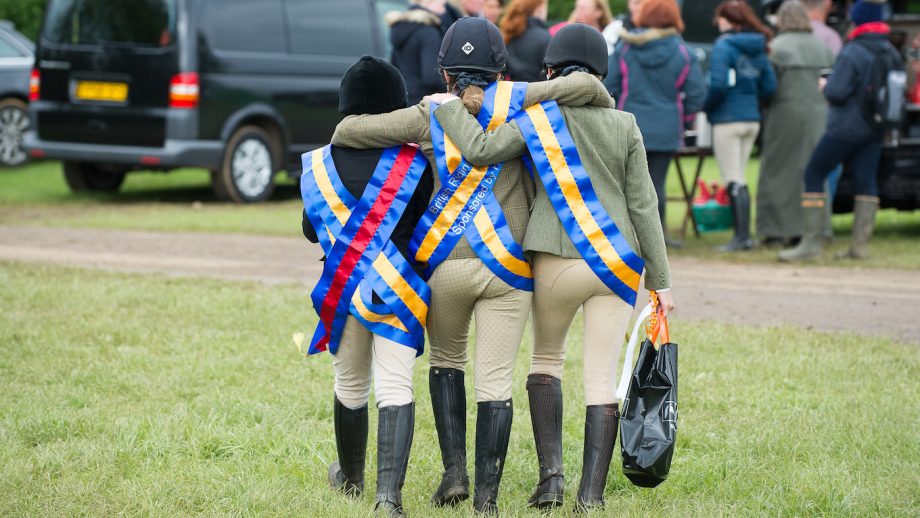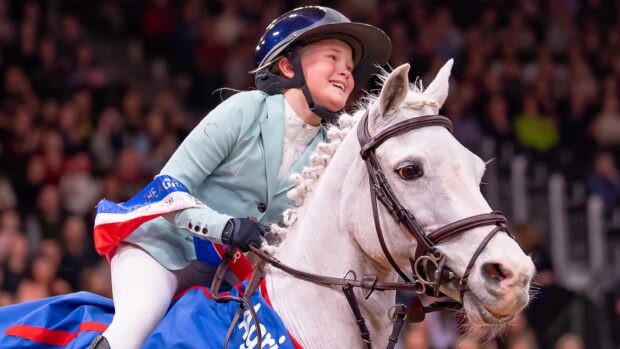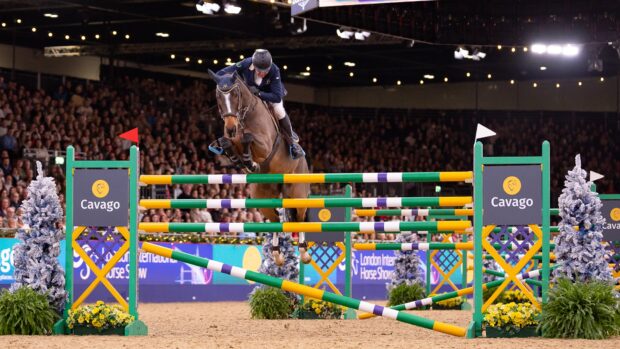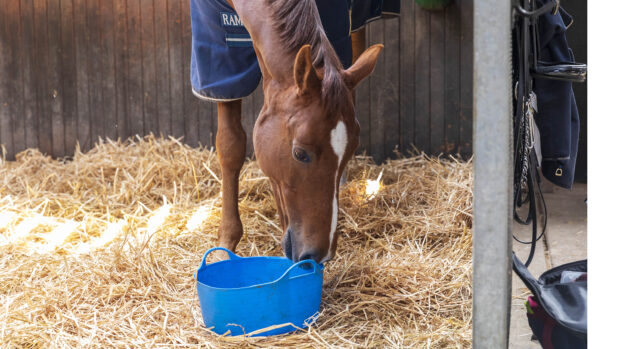The makers and users of a bridle that has been approved for dressage competition for years say they are “astounded” it has been banned.
The Quantum cavesson bridle, designed by Indy Dinky children’s saddle creators Jill and Doug Hick and bitting expert Gill Batt, was designed to avoid restriction of nerves and myofascia in the horse’s face, and so enhance comfort.
It was approved by the FEI, and so also British Dressage (BD), four years ago but this autumn, Quantum was told it would be banned from next year.
Ms Batt told H&H that when the bridle was first approved, its creators sent the FEI all the relevant research and explanations.
“The FEI said ‘No problem’,” she said. “There’s been two rule changes since and no problem, and no communication until November, when we were told ‘Unfortunately, the bridle will be banned’.”
She added that the FEI was not forthcoming in its replies to Quantum’s requests for reasons.
“The FEI is always talking about welfare and doing more for the horse but they’ve kicked this out on their own assumptions,” she said.
“A lot of people are saying their horses go so much better in it, but now they can’t compete in it, and we can’t get any answers. We’re a small company that’s made something for the benefit of the horse.”
Lisa Porter, who competes her mare Villis Fiasco Utopia in the Quantum in affiliated dressage, told H&H she “instantly felt the difference” riding in it.
“I don’t understand,” she said. “You can put a flash on and crank it up tight and that’s allowed, but this is banned; it seems the most backward decision ever. We’re trying to keep social licence and ensure our sport has a future, and they put in rules like this that go against everything they say they strive for – the welfare of the horse.”
Vet and equine dental technician (EDT) Vikki Fowler rides both her horses in the Quantum cavesson.
“As an equine vet and a qualified EDT, I would like to think I know a few things regarding the anatomy of the horse’s head and mouth,” she said. “The Quantum offers relief on all major structures of the horse’s head and, for me, is a massive step forward in horse welfare.”
BD CEO Jason Brautigam told H&H BD follows the FEI on such rules, especially pertaining to horse welfare.
The FEI told H&H its equipment expert group had reviewed the bridle and advised the ban.
“According to the group, the effect of the noseband is different from a conventional noseband, as it passes through the cheek pieces. The height of the noseband therefore varies according to the size of the bit rings and not the horse’s morphology. The noseband and cheekpiece are linked on both the snaffle and the double, and the bit does not have an independent action, so when tension is placed on the rein, and the bit is brought into action, the noseband is pulled onto the nasal bone of the horse.
“Horse welfare is paramount for the FEI, and we continuously review new tack and equipment to ensure the health and safety of equine athletes.”
You might also be interested in:

British Dressage brings in rider weight guidance for horse welfare

Governing body allows dark breeches in competition, in ‘important and significant’ change

Subscribe to Horse & Hound magazine today – and enjoy unlimited website access all year round
Horse & Hound magazine, out every Thursday, is packed with all the latest news and reports, as well as interviews, specials, nostalgia, vet and training advice. Find how you can enjoy the magazine delivered to your door every week, plus options to upgrade your subscription to access our online service that brings you breaking news and reports as well as other benefits.




